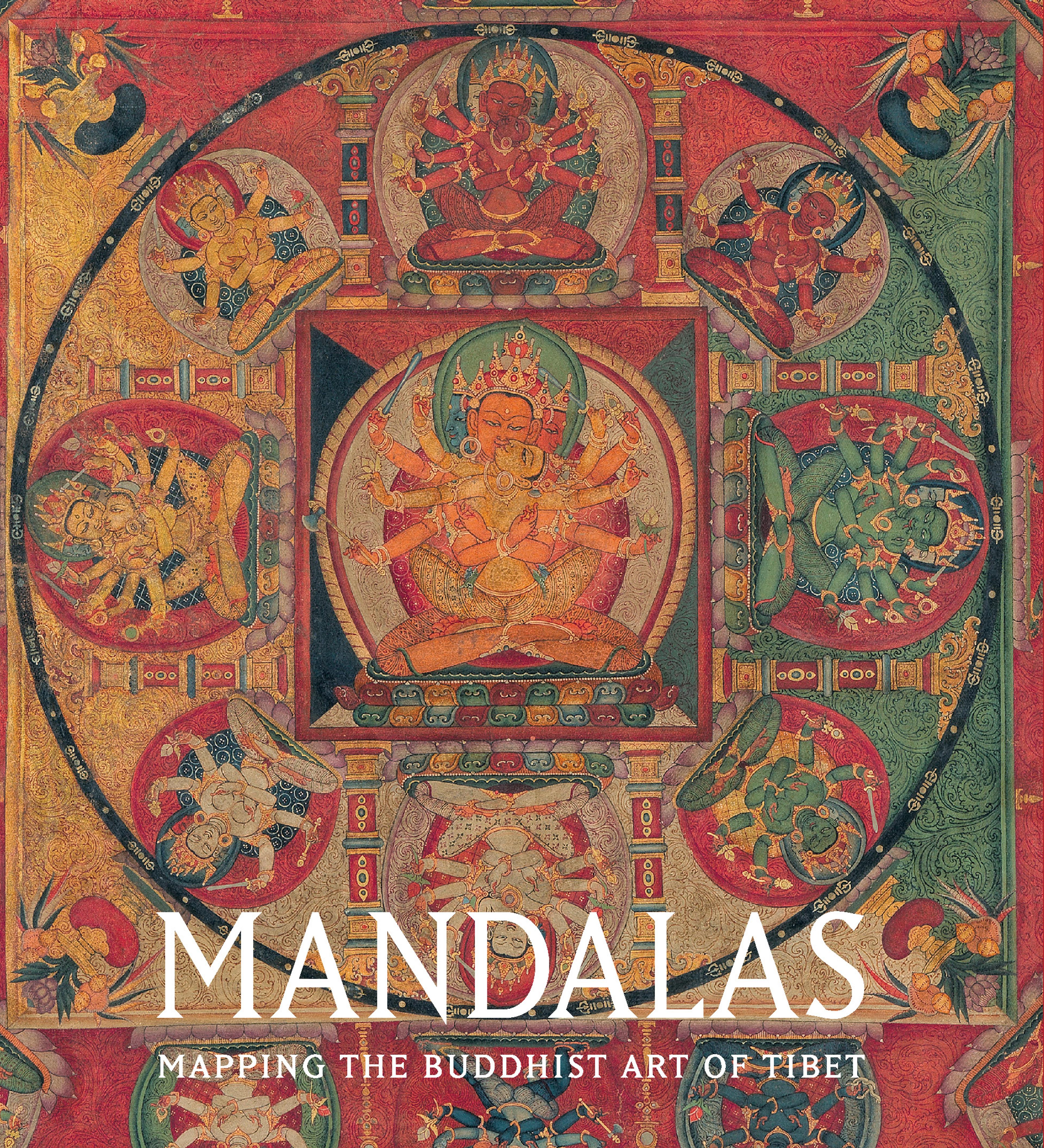Achala with His Consort Vishvavajri
Acala (literally, “immovable”) is a wrathful manifestation of Manjushri, the bodhisattva of supreme wisdom, and, in Nepalese Buddhism, a manifestation of Chakrasamvara. He is popularly associated with magic, healing, and protection from disease. This painting is a visualization of the Chandamaharoshana Tantra, the meditational text devoted to Acala. With its intense colors, dynamic postures, and imposing scale, it ranks among the most powerful examples of sixteenth-century Nepalese painting. Crowned, jeweled, and wielding his sword, Acala cuts through the veil of ignorance. In his left hand he holds a vajra-tipped noose to catch the ignorant, while also gesturing in admonition. He is locked in sexual embrace with his consort, Vishvavajri. The pair visually expresses the bliss of enlightenment that can be achieved by the combination of wisdom and compassion.
Artwork Details
- Title: Achala with His Consort Vishvavajri
- Period: Malla period
- Date: 1525–50
- Culture: Nepal, Kathmandu Valley
- Medium: Distemper on cloth
- Dimensions: Image: H. 34 1/8 in. (86.7 cm); W. 25 7/8 in. (65.7 cm)
Framed: H. 51 1/4 in. (130.2 cm); W. 34 5/8 in. (87.9 cm); D. 1 1/2 in. (3.8 cm) - Classification: Paintings
- Credit Line: Zimmerman Family Collection, Purchase, Lila Acheson Wallace Gift, 2012
- Object Number: 2012.456
- Curatorial Department: Asian Art
More Artwork
Research Resources
The Met provides unparalleled resources for research and welcomes an international community of students and scholars. The Met's Open Access API is where creators and researchers can connect to the The Met collection. Open Access data and public domain images are available for unrestricted commercial and noncommercial use without permission or fee.
To request images under copyright and other restrictions, please use this Image Request form.
Feedback
We continue to research and examine historical and cultural context for objects in The Met collection. If you have comments or questions about this object record, please complete and submit this form. The Museum looks forward to receiving your comments.
